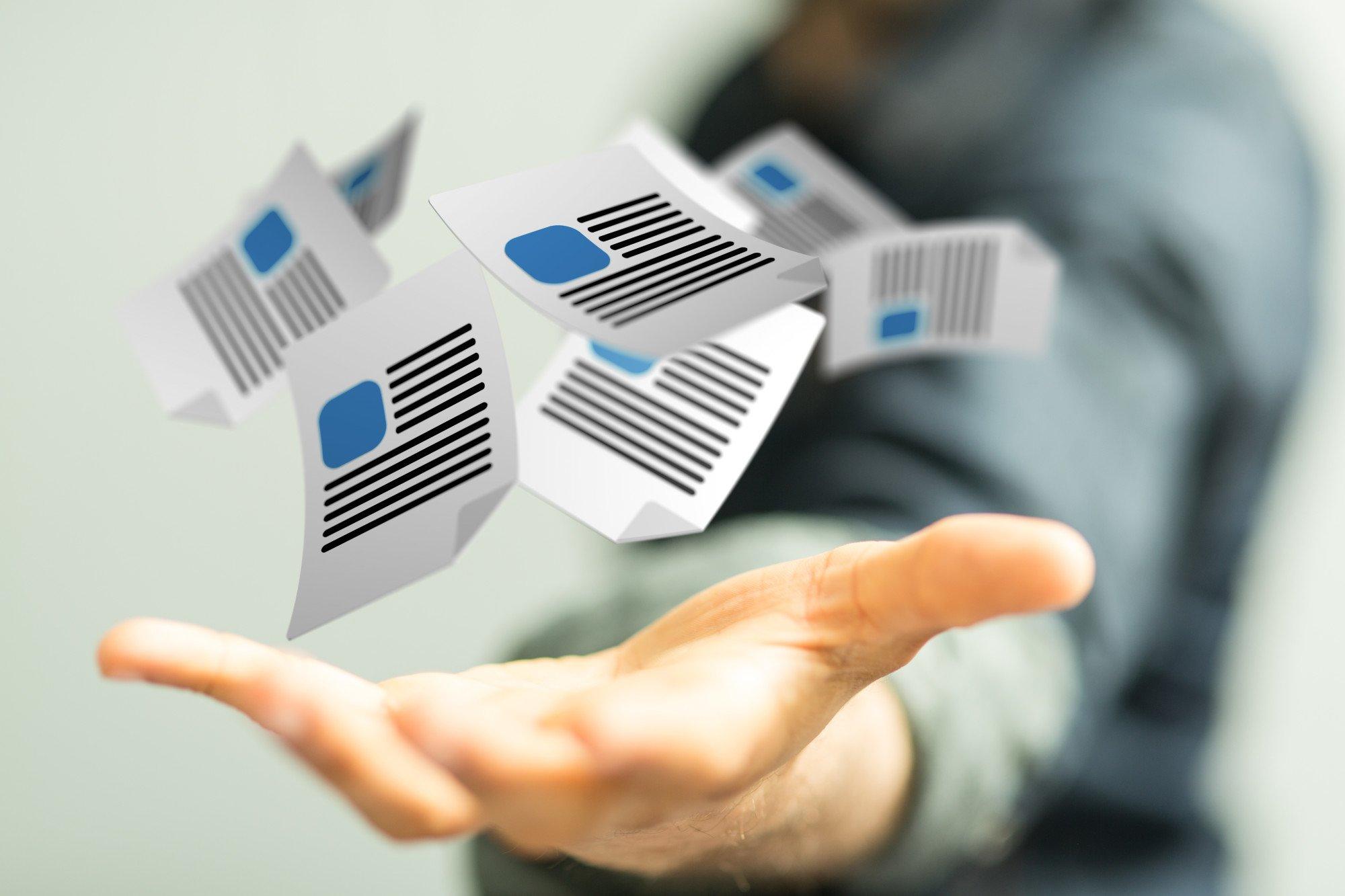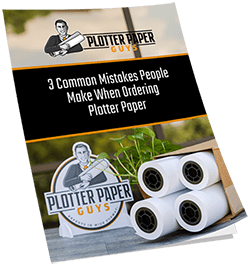Did you know that wide format drafting paper sheets or rolls can be used for both indoor and outdoor use? With bond paper being a popular option among electronic printing and use in architectural office settings, many businesses are using wide format paper for a variety of reasons.
Wide-format plotter paper is quite versatile and gets used across multiple industries. From engineering and design to product manufacturing and construction. Fortunately, there are specialty items like wide format drafting paper that can provide you with all the space and ease of use you need to get through your project efficiently.
This type of paper is made for people who work on projects where they have to draft large drawings or blueprints for buildings, machines, or other structures. It comes in custom sizes to accommodate a variety of needs.
Keep reading to learn everything you need to know about using this type of paper in your next project and the difference it makes.
What Is Wide Format Paper Used For?
Wide format paper gets used for things such as advertising both outdoors and indoors, general signage, and even fine art. These can be for anything from a large engineering project to a large-scale structure for an artist or architect. If you’re an engineer, architect, or designer and need to print out a large drawing or design, you’re going to want to use wide format paper as it’s the most common use for this paper type in these industries.
Photographers also use large format papers. The main advantage is that you can fit everything on a single page and just adjust the size. Billboards, banners, and blown-up imagery are all examples of other project types that wide format paper can accommodate.
What is 24 Wide Paper Called?
“24 wide paper” is just as it sounds – It is 24 inches wide and comes in a large format roll of paper. This size paper is compatible with different design and inkjet printers and is good for achieving more accurate line drawings.
If you do a lot of product design or blueprint creation and have a wide format inkjet printer, the 24” wide paper would be a good option – not just for its affordability but for durability and versatile uses. Wide format plotter paper sheets come in multiple sizes. You will notice that some of the sizes offered are:
- 11 inches
- 18 inches
- 22 inches
- 36 inches
- 42 inches
Aside from these Canon wide format paper sizes, they also come in other size options. Some of the most commonly used sizes are 36″ and 42″.
The 36″ width is often one of the most popular sizes for draftsmen and is one of the most commonly used papers for architectural drawings. Larger sizes are good options for engineering processes or enhancing larger-scale graphics.
What Is Thick Printing Paper Called?
If you’re using your wide format printer for architectural drawings, you will most likely be using what is called “architectural paper” or “bond paper”. Thick paper that represents card stock material, are highly rated and popular options. Different forms of paper can have different levels of thickness as well.
If you’re creating blueprints, you may need “graph paper” which is especially useful if you need to draw scales and measurements for your projects. It’s also a great choice for creating quick, yet accurate sketches with measurement guides.
If you are blowing up images you can use wide format photo paper to ensure quality and robust color. Overall thick paper or heavy paper might be a bit more expensive than standard printing paper. It’s heavier in weight, harder to tear, and can be used for multiple designs.
What Makes Wide Format and Bond Paper Different?
What makes bond paper different is mainly its size. Any inkjet printer that prints on large sheets or rolls of paper would be seen as wide format printing. These tools can usually range anywhere from 24 inches to even 16 feet in width.
The best way to think about this type of paper is that it’s larger than most standard sizes. This means that it can’t accommodate standard printing presses.
Wide format plotter paper is also in a different weight class. It will usually range from 210 up to 300g/m2. This range of weight is of a more premium type of paper such as cardstock material.
Tips for Using Wide Format Drafting Paper Sheets
If you want to get the most out of your wide format graphics, there are a few things you can do to enhance your designs. To start, you should consider using the white space that the paper offers.
Larger paper options give you more space to work with but using that excess space as a bold background or as a way to exemplify clean lines within your design, is a good way to get the most from your prints. You should also consider how the size of your graphics affects the overall design. Overlaying images onto text is another good way to take advantage of HP wide format paper.
Also, don’t underestimate the use of different bases. Wide format prints can be used with anything from magnetic or vinyl paper to wood, foam boards, cloth, or plastic.
Using different methods to present your designs is one of the most popular ways to enhance how you use wide format printing. This is also one of the reasons it’s important to ensure you’re sourcing high-quality materials from wide format paper suppliers.
Wide Format Paper Can Enhance Designs
Quality bond paper can alter the way a design is presented. To keep businesses at the forefront of the eyes of their customers, having high-quality films and papers is a good way to start.
Working with Plotter Paper guys can help to ensure your business has the materials it needs to execute different design processes that can both expand the capabilities of design teams and allow for better product development. To get the right materials for your business needs, talk to an expert today.




